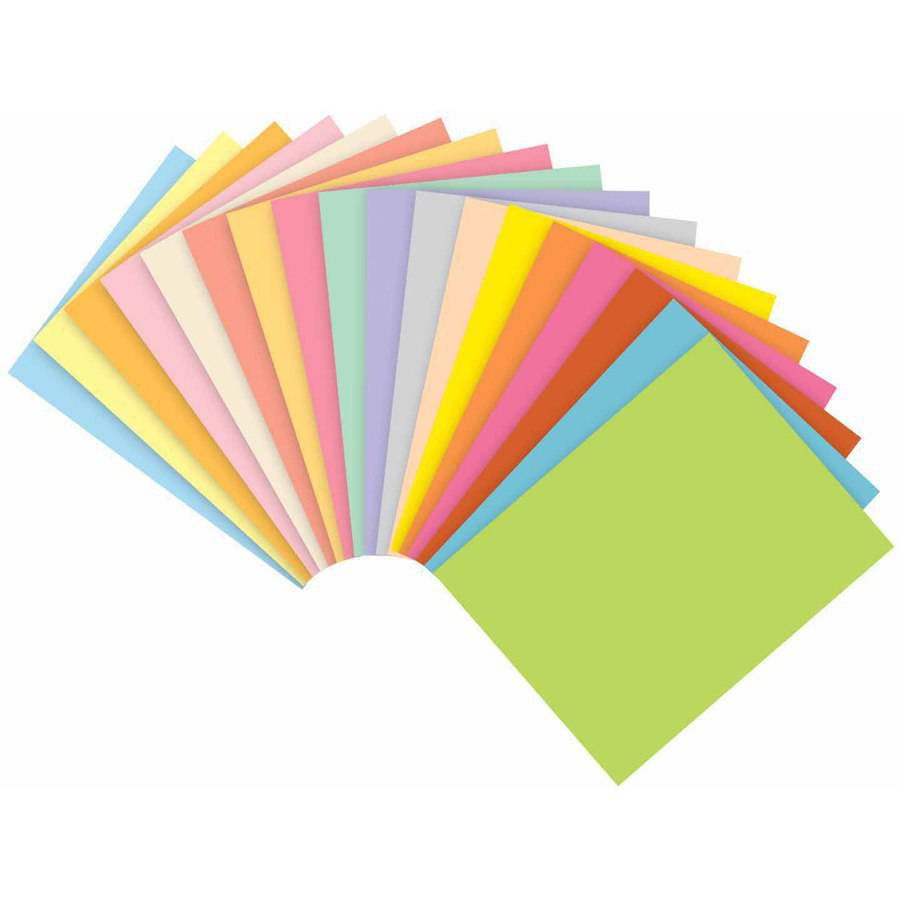
However, the substance used to coat photographic papers is usually not pure barium sulfate, but a mixture of barium and strontium sulfates. The term baryta derives from the name of a common barium sulfate-containing mineral, barite. Resin-coated papers have improved dimensional stability, and do not curl upon drying. Resin paper prints can be finished and dried within twenty to thirty minutes. Since no chemicals or water are absorbed into the paper base, the time needed for processing, washing and drying durations are significantly reduced in comparison to fiber-based papers. The paper base of resin-coated papers is sealed by two polyethylene layers, making it impenetrable to liquids. However, they are easier to tone, hand-colour and retouch than resin-coated equivalents. These papers require careful processing and handling, especially when wet. Fiber-based papers are generally chosen as a medium for high-quality prints for exhibition, display and archiving purposes. Papers without a super coating are suitable for use with the bromoil process. Most fiber-based papers include a clear hardened gelatin layer above the emulsion which protects it from physical damage, especially during processing. Tints are sometimes added to the baryta to add subtle colour to the final print however most modern papers use optical brighteners to extend the paper's tonal range. Fiber-based papers (FB) įiber-based (FB or Baryta) photographic papers consist of a paper base coated with baryta. In the past, linen has been used as a base material. Modern black-and-white papers are coated on a small range of bases baryta-coated paper, resin-coated paper or polyester. In chromogenic colour papers, the emulsion layers are sensitive to red, green and blue light, respectively producing cyan, magenta and yellow dye during processing.īase materials Black-and-white papers

In black-and-white papers, the emulsion is normally sensitised to blue and green light, but is insensitive to wavelengths longer than 600 nm in order to facilitate handling under red or orange safelighting. Papers used for positive-positive film-to-paper processes where a positive image is enlarged and copied onto a photographic paper, for example the Ilfochrome process.Īll photographic papers consist of a light-sensitive emulsion, consisting of silver halide salts suspended in a colloidal material – usually gelatin-coated onto a paper, resin coated paper or polyester support.Papers used for positive-positive processes in which the "film" is the same as the final image (e.g., the Polaroid process, Imago direct positive paper).This includes all current black-and-white papers and chromogenic colour papers. Papers used for negative-positive processes.Photographic papers fall into one of three sub-categories: Color papers are also available for making colour images. A range of emulsions are also available that differ in their light sensitivity, colour response and the warmth of the final image. Photographic papers are manufactured in numerous standard sizes, paper weights and surface finishes. Photographic paper may also be exposed to light using digital printers such as the LightJet, with a camera (to produce a photographic negative), by scanning a modulated light source over the paper, or by placing objects upon it (to produce a photogram).ĭespite the introduction of digital photography, photographic papers are still sold commercially. The initial light exposure is carefully controlled to produce a gray scale image on the paper with appropriate contrast and gradation.

The print image is traditionally produced by interposing a photographic negative between the light source and the paper, either by direct contact with a large negative (forming a contact print) or by projecting the shadow of the negative onto the paper (producing an enlargement). The most common chemistry was based on silver halide (the focus of this page) but other alternatives have also been used. The light-sensitive layer of the paper is called the emulsion. When photographic paper is exposed to light, it captures a latent image that is then developed to form a visible image with most papers the image density from exposure can be sufficient to not require further development, aside from fixing and clearing, though latent exposure is also usually present.

Photographic paper is a paper coated with a light-sensitive chemical formula, like photographic film, used for making photographic prints. Advertisement for Ansco Cyko photographic paper, 1922.


 0 kommentar(er)
0 kommentar(er)
